Misinformation and fake news
Mis-/Dis-/Mal-information
There are three main types of "information disorder": misinformation, disinformation and malinformation. This chart below explains the difference between each type:

Credit: Types of Information Disorder. Claire Wardle and Hossein Derakshan, 2017. Shared under an CC BY-NC-ND 3.0 license
The Seven Types of Misinformation
Of the three main types of information disorder, there are seven sub-types. You have probably encountered each type sometime in your life as you have been scrolling through social media or online news sites.content here. They include:
- Satire/parody: Information sources that have no intent to harm but can fool some readers who are not aware of the content. Examples include The Chaser and The Onion and this online webpage about Drop Bears from the Australian Museum.
- Imposter content: News sites or other publications that are impersonating a genuine information source, thereby aiming to trick readers. Some may even use the same name, branding or logos.
- Manipulated content: Genuine information sources that have been altered for a particular purpose, usually to change a narrative or to deceive readers. Photographs and videos are common targets for manipulation. This article from ArtsHub discusses some Australian examples of doctored images that have circulated on social media in recent years.
- Fabricated content: Is content that is entirely false, intended to deceive and cause harm. Conspiracy theories come under this heading. Another type of content you may have heard of are "deep fake" videos. This articlefrom IEEE Spectrum Magazine goes into detail about how deepfake videos are created and how to spot them.
- Clickbait: When an article title, news headline, thumbnail, caption or other type of contextual information does not support the content of the information source. Clickbait aims to exaggerate and attract attention to get more views, clicks, reads or engagement.
- Misleading content: Covers a broad range of information sources that contain misleading data, descriptions and citations that deliberately omit certain information. Examples include news stories that reframe events in a overtly biased way, misquote or take quotes out of content, or present statistics or other data to exaggerate or misrepresent certain trends or outcomes.
- False context: When a genuine information source is shared with false contextual information, usually, but not always, to cause harm. This type of misinformation is common on social media. For example, in the aftermath of the death of Queen Elizabeth II, a social media post circulated widely of a photograph of the Queen's corgis being carried from a plane, with the false claim that the dogs had recently returned to Buckingham Palace in the days after the Queen's passing. In actuality, the image is of the Queen Mother's corgis and dates from 1993.
Read more about these seven types of misinformation here
Some more useful definitions
| Bias | The favouring of one side, viewpoint, argument, or disposition over another. Bias within journalism is sometimes a conscious and deliberate approach. |
| Filter bubble | A phenomenon whereby the ideological perspectives of internet users are reinforced as a result of the selective algorithmic tailoring of search engine results to individual users (as reflected in recorded data such as search history, click data, and location). |
| Hoax | Something intended to deceive or defraud; deliberately fabricated to mask the truth. |
| Junk science | Untested or unproven theories when presented as scientific fact. |
| Mainstream media | A broad term covering any form of media produced or distributed commercially, as part of a profit-seeking industrial enterprise, or as a publicly and/or state-funded operation. Examples include Channel 7, 9 and 10 and The Advertiser. |
| Post truth |
A situation in which people are more likely to accept an argument based on their emotions and beliefs rather than one based on facts. |
| Sensationalism | The presentation of stories in a way that is intended to provoke public interest or excitement, at the expense of accuracy. |
| Urban legend | Also known as a popular legend or urban myth. An unverifiable story, widely recounted as if true, which typically depicts outlandish or sensational happenings in a plausible contemporary setting. |
- Last Updated: Jun 30, 2023 3:48 PM
- URL: https://libguides.adelaide.edu.au/fake_news
- Print Page

